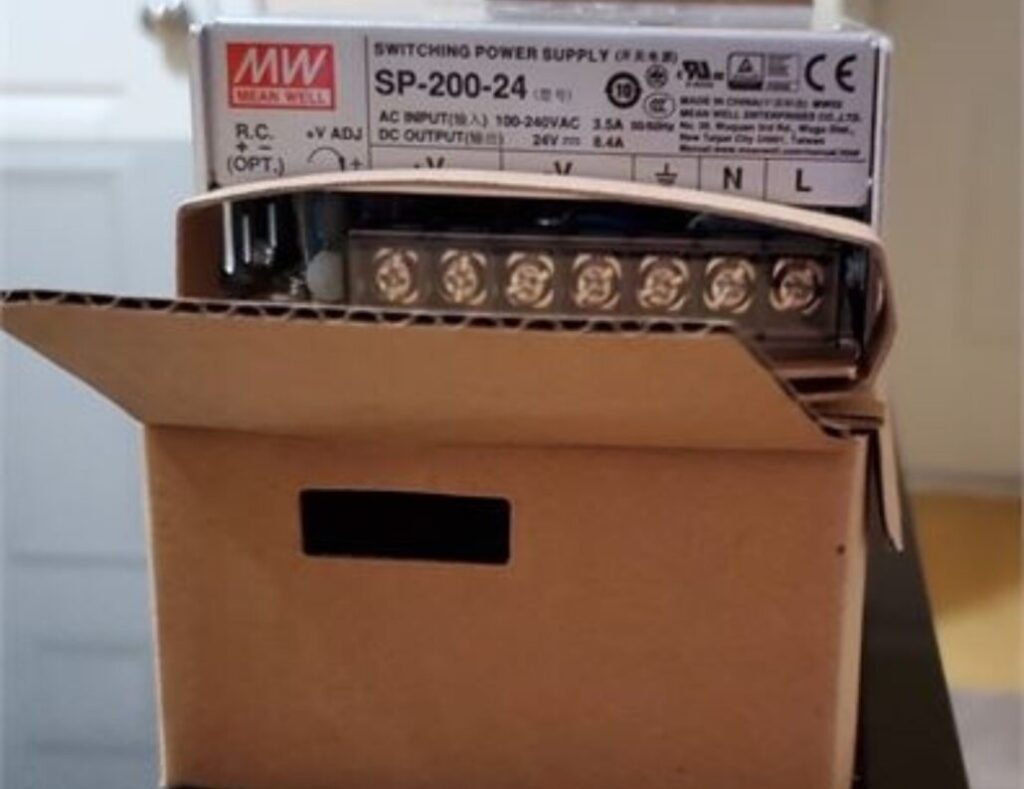Navigating the Electronic Component Landscape: Top 50 Parts

In the rapidly evolving world of technology, electronic components serve as the backbone, powering various devices and systems. As we anticipate the trends of 2024, the significance of these components is poised to grow even further. For both excess buyers and sellers, understanding the demand dynamics is crucial to staying competitive in the market. Fortunately, […]
Maximizing Efficiency: 3 Purchasing Strategies Empowered by iBuyXS and BidChips for Electronic Component Buyers

In the world of electronic component procurement, efficiency is paramount. The constant demand for innovation, coupled with the complexities of global supply chains, presents a challenge for buyers to do more with less. However, with the right purchasing strategies and innovative platforms like iBuyXS and BidChips, electronic component buyers can navigate these challenges effectively. Let’s […]
B2B Guide: The Most Sought-After Electronic Components

Our curated Top 50 list reveals the most sought-after components in the electronics industry. Discover what’s fueling demand and stay ahead of the curve.
Essential Guide: Top 50 Electronic Components

Overview of Electronic Components for OEMs The increasing demand for electronic components is propelled by technological advancements and the expansion of the consumer market. It is imperative to stay current with these trends. Here, we present the top 50 sought-after components, which are crucial for original equipment manufacturers (OEM) and EMS companies engaged in the […]
Navigating the Maze in the Electronic Component Supply Chain

Unlock real-time insights and access a diverse supplier network for efficient sourcing of excess electronic components amid uncertainty
This Week’s Top 50 in Disti: How We Secure the Hardest-to-Find Chips for You

Explore our curated list of top 50 distributed electronic components, sourced to meet your needs. Find the hardest-to-find chips secured just for you.
Cost-savings Opportunity: SP-200-24 Purchasing Guide

Discover unparalleled cost-saving strategies with our guide on the Mean Well SP-200-24. Buy smart on BidChips for maximum savings
2024 Tech Tsunami: Navigating the Electronic Component Glut

Stay ahead in 2024’s dynamic tech landscape. Expert guidance for navigating the electronic component glut.
Sell Electronic Components and Free Up Cash Flow for 2024

Free up cash flow with iBuyXS: Learn how we make selling your electronic components easy. Receive quick quotes and rapid payments!
How iBuyXS Can Help You Navigate the Electronics Glut in 2024

The electronics glut of 2023 does not need to affect your business in 2024. Navigate electronic component excess through our special offerings

